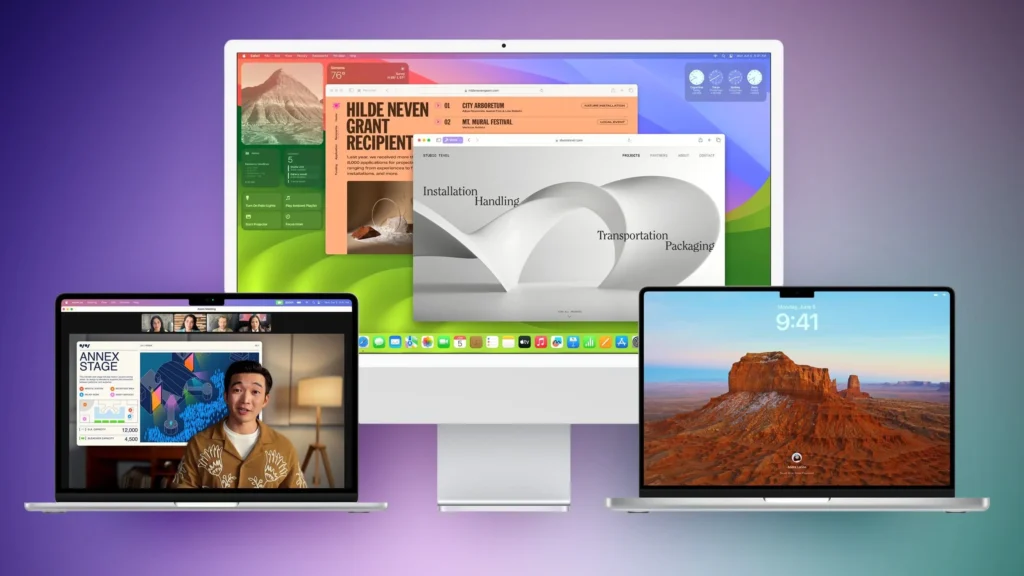Are you looking to format your Mac running MacOS Sonoma?
Whether it’s a MacBook, iMac, or Mac Mini, knowing how to properly format your device can be essential for optimizing performance or preparing for a fresh start.
In this blog, we’ll explore the step-by-step process for formatting MacOS Sonoma, ensuring that you can confidently manage your device’s storage and operating system.
How To Format MacOS Sonoma?

Formatting your Mac with macOS Sonoma is a straightforward process that can give your device a clean slate. Here’s how you can do it:
Step 1: Back Up Your Data
Before you begin the clean installation process, make sure to back up your Mac using Time Machine or your preferred method to safeguard your personal data.
Step 2: Open System Settings

On your Mac, click the Apple symbol in the menu bar and select System Settings.
Step 3: Navigate To Erase All Content And Settings

In System Settings, go to General -> Transfer or Reset. Here, you’ll find the option to Erase All Content and Settings.
Step 4: Begin The Erase Process
Click on Erase All Content and Settings. You will be asked to enter your administrator password to confirm that you want to erase all data.
Step 5: Sign Out Of Apple ID
Follow the prompts to sign out of your Apple ID, which will remove all Apple ID-related data from the Mac.
Step 6: Confirm Erasure
Review the final confirmation detailing what will be erased. If you’re ready to proceed, click Continue to start the erasure process.
Step 7: Allow The Erase Process To Complete
The Mac will begin erasing all content and settings. This process may involve multiple restarts. Once complete, activation over Wi-Fi may be required.
Step 8: Set Up Your Mac
After the erase process is finished, you will see a “hello” screen, which means the Setup Assistant is ready. Follow the on-screen instructions to set up your Mac as new. If you want to restore your data, you can do so during the setup process using the migration option.
Step 9: Complete The Setup Process
Once you’re in the Setup Assistant, you can choose your region, agree to the terms and conditions, create a user account, and configure other settings such as Siri and location services.
Step 10: Restore From Backup (Optional)

If you intend to restore your data from a Time Machine backup, you can do so when prompted by the Setup Assistant. Connect your backup drive and follow the on-screen instructions to transfer your data back onto your Mac.
Step 11: Reinstall Applications
After the setup is complete and your data is restored (if you chose to do so), you will need to reinstall any third-party applications that were not included in your backup.
Step 12: Update System Settings
Finally, review your system settings to ensure everything is configured to your preference. This includes checking your security settings, updating any necessary software, and customizing your desktop and dock.
